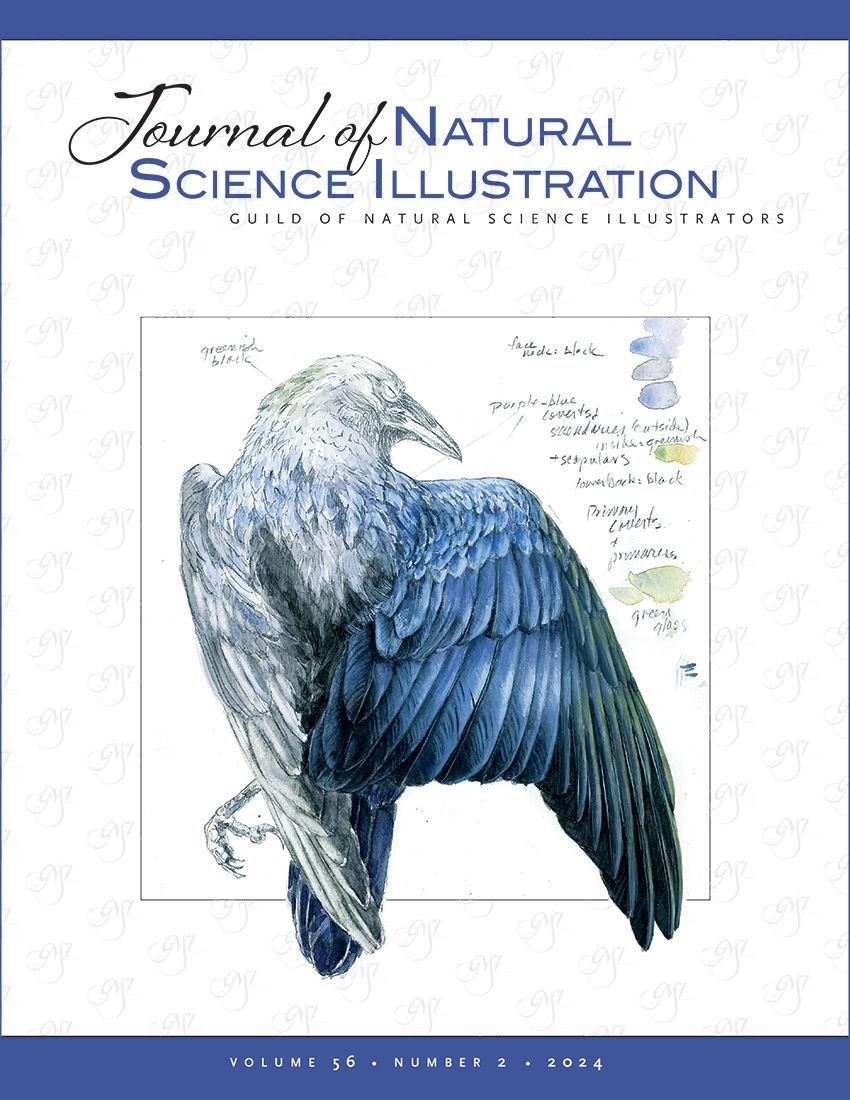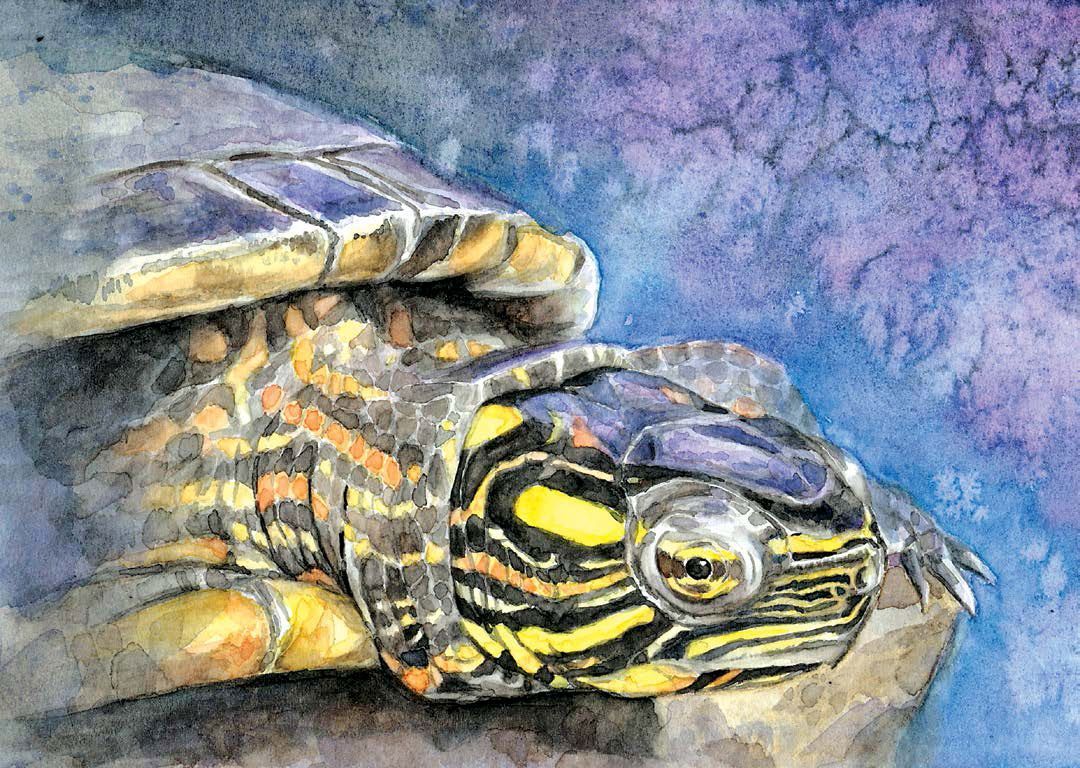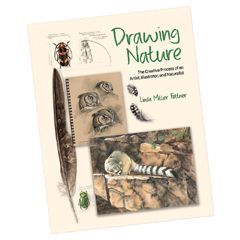Book Review: Natural History Illustration in Pen and Ink by Sarah Morrish
All Art © by Sarah Morrish
There are few instructional books that are dedicated to the use of traditional pen and ink materials in natural history illustration. Those interested in developing those skills now have a new reference thanks to GNSI member, Sarah Morrish, who has written Natural History Illustration in Pen and Ink.
The beautifully illustrated book provides instruction for both the beginner and the experienced illustrator who is looking for inspiration or new ways to combine media. Morrish is an illustrator for Curtis’s Botanical Magazine and has produced work for the Natural History Museum in London.
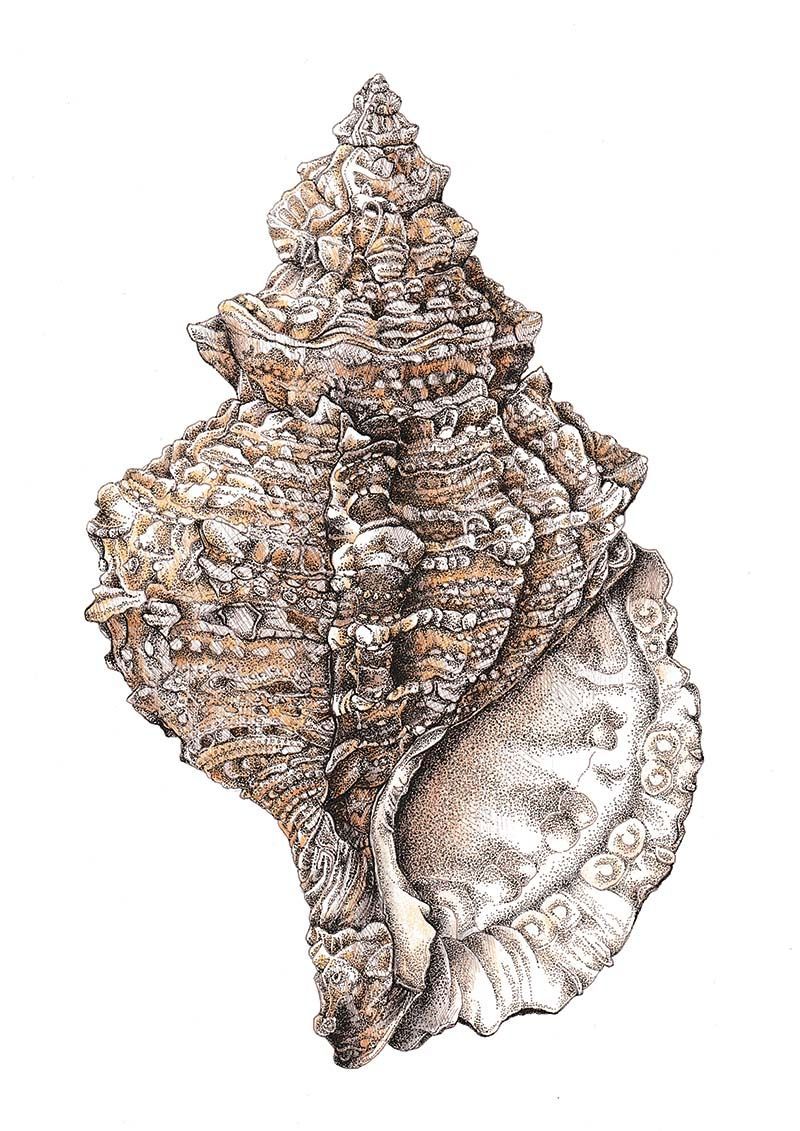
Helicoid Shell, by Sarah Morrish
The book begins with an overview of the history of pen and ink illustration, from the first use of reed pens to contemporary botanical and natural history illustrators working in pen and ink. In addition to providing context for the use of pen and ink in this type of illustration, she has included a fascinating chart showing the timeline of the history and development of ink and pens.
Her use of charts throughout the book provides an organized approach to the contents that will be appreciated by both teachers of illustration and their students. The charts showing projects and case studies in the beginning of the book provide a very clear outline of the skill level involved for each, and the aim of the projects.
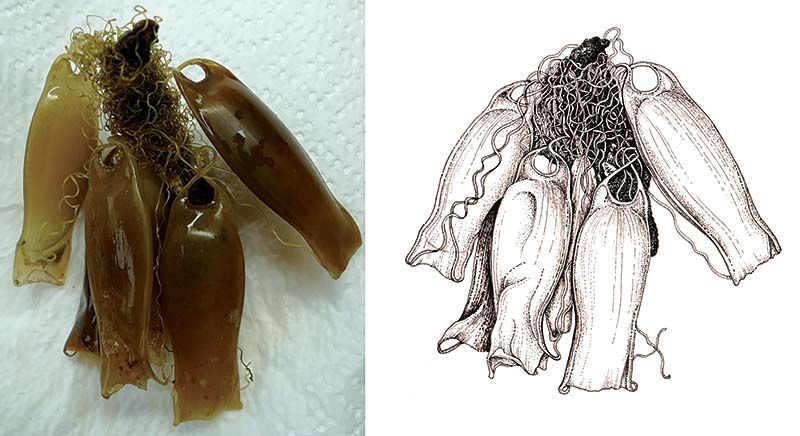
Small-spotted catshark egg case. (Left) Illustration in pen and ink.
She gives an overview of possible subjects and a sensitive discussion of the ethical means of obtaining reference material. The author is based in the U.K., and she notes that laws regarding the collection of natural materials for illustration differs by location. (Indeed, in the U.S., possessing feathers and birds requires a permit from the U.S. Fish and Wildlife Service and state agencies.) She also discusses working with museums and museum etiquette, and the use of photography and field sketching.
Next, Morrish gives the reader an extensive overview of materials, from fiber-tipped pens to nibs to papers and
inks, and an interesting demo of making your own oak-gall ink.
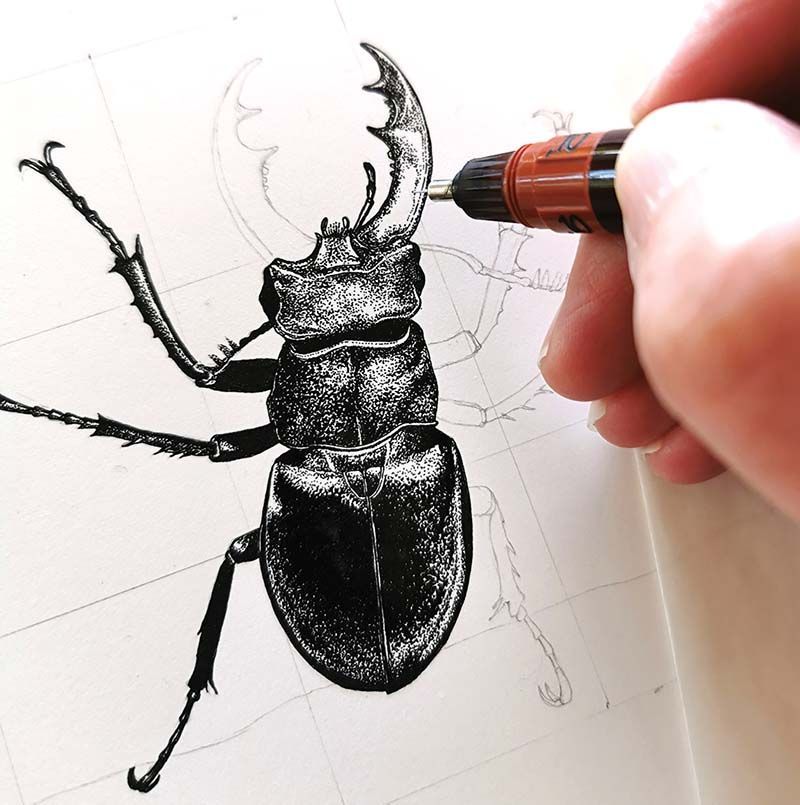
Stag beetle, step 9
I enjoyed reading the chapter on the importance of sketchbooks and making study pages, as I find inspiration in seeing the process behind a finished illustration. She also has a good discussion of measuring and using dividers, which is helpful for those new to the field.
Mark-making, shading, and tone are described, with charts showing possible solutions to illustration challenges
such as ink bleeding, nib clogging, and splatters. Again, her use of charts to guide the reader throughout the book is very user-friendly.
The chapter on composition could be expanded (I admit, though, that this subject is so large, it could
encompass a book of its own!). She addresses the elements and principles of design and gives examples from
her own illustrations.
Morrish then discusses different subject areas of natural history illustration, including botanical subjects,
marine, fossil, insect and invertebrates, birds, and mammals. Step-by-step exercises and case studies demonstrate pen and ink techniques to describe each of these subjects. Sixteen contributing illustrators add additional perspectives in this section.

Arum maculatum
In the final chapters of the book, she discusses combining pen and ink with other materials and framing and
presentation. The chapter on combining media is generously illustrated and provides the reader with several options to explore, including pen and ink combined with watercolor, colored pencil, and charcoal. She emphasizes that the additional media should complement, not overwhelm, the pen and ink work.
Lastly, there is a list of contributing artists and their contact information. I would have also enjoyed seeing a
bibliography, as she mentions some out-of-print references in the beginning of the book that look intriguing.
Overall, this is a beautiful guide to the use of traditional pen and ink in natural history illustrations. Because of
the book’s well-organized structure and inclusion of some beginner-friendly projects, it would also be a useful
resource for instructors to share with their students.
Natural History Illustration in Pen and Ink by Sarah Morrish, ©2021
The Crowood Press Ltd, ISBN 978 1 78500 922 8, 208p. $45 USD.
This open-access article appears in the Journal of Natural Science Illustration, Vol. 54 No. 1.
Share this post:
